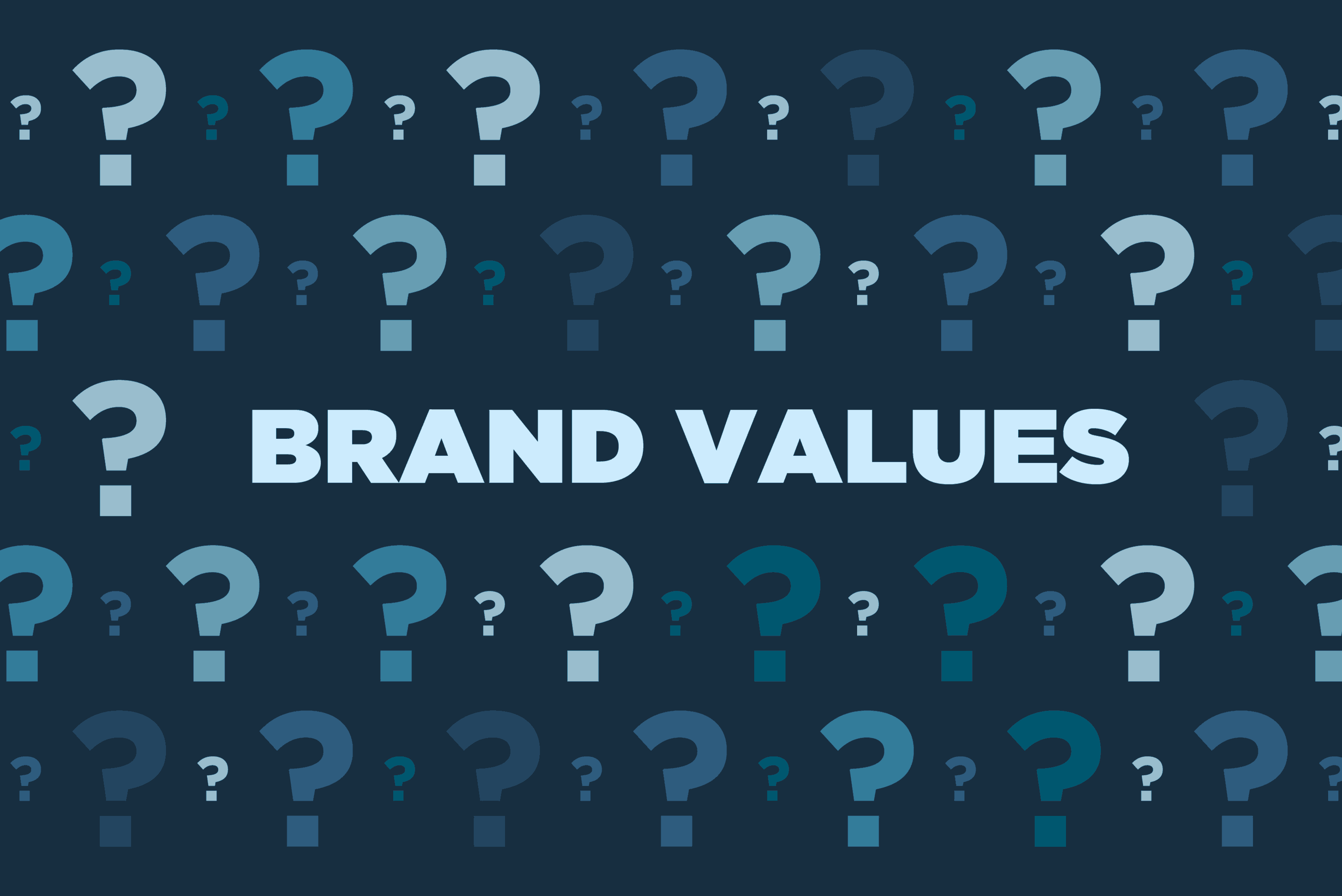We see a problem with brand values in asset management. It’s not an easy fix and it’s industry-wide, evident amongst the biggest, brightest and best asset managers.
Largely, everyone embraces and projects the same values and attributes. While the values used may all be correct and reflect a firm’s identity and philosophy, their articulation can still be problematic.
If your brand values don’t highlight a point of difference, are they really doing their job? How can you be sure that how you’re projecting your values sets you apart from the competition?
A little background
Here at Fin, we like to share our branding strategy ideas and experience. Earlier this year Alan, Head of Brand Strategy at Fin looked at top five brand values for the largest asset managers (ranked by IPE) through a comparison from 2015 to 2017 (see the report here).
This explored the shift in how the top companies described their business culture to investors. The outcome wasn’t surprising, the top-line brand values remain largely the same as they did in 2015.
Brand values must-haves for the top 50 (2015 – 2017):

It is common to say brand values should be central to the way a company presents itself, and that they should always be reflected in the way business is conducted – we see them as being a company’s ‘operating instructions’
However, brand values can be used to signal the embracing of a wider world’s changing attitudes.
“To prosper over time, every company must not only deliver financial performance, but also show how it makes a positive contribution to society”.
Larry Fink, Chief executive officer of BlackRock: Annual letter to CEOs
In the immediate post-crash environment earlier this decade we saw the elevation of integrity, client-first approaches, and often transparency, as firms sought to counter negative perceptions of the investment industry. This is as much to attract the best talent as clients.
In 2015 we identified the elevation of teamwork, an evolution rather than revolution. This appeared to be used to emphasise peer-led oversight as much as a happy and co-operative working environment.
Understandably, in spite of a never-ending bull run, re-establishing and affirming public trust in financial services is still felt to be an issue.
So what’s the problem?
What wasn’t necessarily apparent in this top-level comparison was that everyone in the top 50 appeared to have united around an agreed set of ‘the right’ values. This shouldn’t come as a surprise in such a risk-averse industry.
Identifying one’s values isn’t as easy as it sounds. Coming up with a set of values which highlight a clear point of difference from your peers is certainly going to be challenging. Rather than seek to create a perceived differentiation from peers, perhaps you should seek your own distinctiveness.
If you’ve ever had the chance to discuss brand strategy with Alan you’ll have probably heard his critique of brand ‘herding’. While there is safety in numbers, there is also missed opportunity.
What can I do?
First, ask yourself a few hard questions.
What sets us apart competitively?
Is this articulated with individuality or are we just forming part of the crowd?
We always recommend seeking a little outside input here. Ask a client, they usually have some fascinating insights which you’re unlikely to uncover on your own.
In the meantime, do feel free to get in touch with us. As much as we have focused heavily on the values themselves, the way they’re articulated is just as important.
Highlighting difference is not always about being ostentatiously different. The way you make your point can be as illuminating as the point itself (but we’ll have to address that in another blog).
If you haven’t seen it before you can download our comparison report ‘do your brand values build value?’ here.
In the meantime, we always recommend a little self-care and if you need any help don’t hesitate to get in touch.




